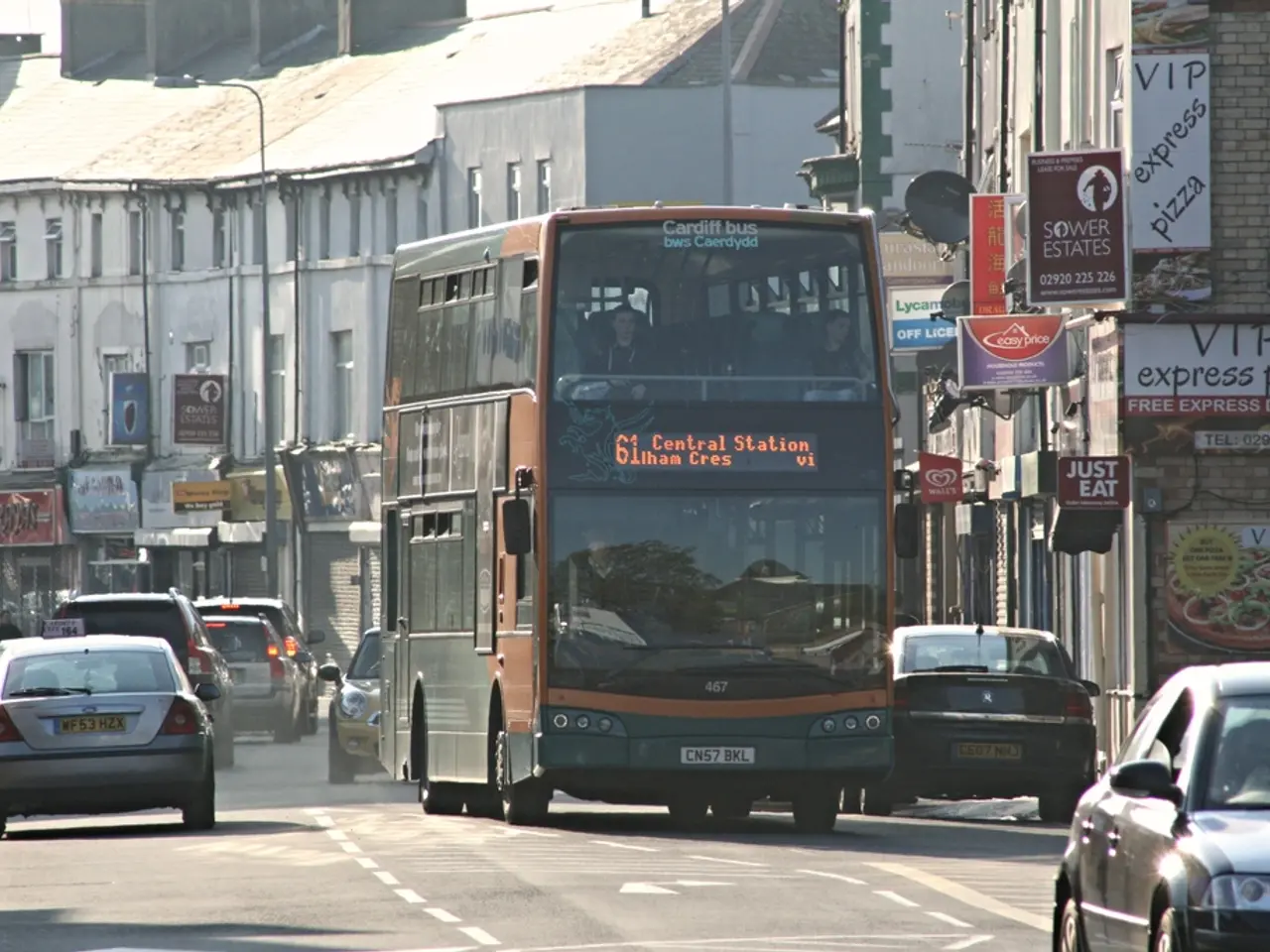Berlin’s Housing Crisis Puts Iconic Tempelhof Field at Risk of Development
Berlin's coalition government is reconsidering the future of Tempelhof Field, a popular recreational area and former airport. The move comes as the city grapples with a severe housing crisis, with nearly 60% of voters backing socialization of large housing companies in a 2021 referendum.
Tempelhof Field, once a crucial hub during the Berlin Airlift, is now cherished by Berliners. In 2014, they voted against construction on the site, deeming it sacred. However, the city's urgent need for housing has sparked debate. Berlin requires 220,000 new homes by 2040.
Economists suggest focusing on new construction to ease market pressure. Yet, many Berliners view housing corporations as exploitative, prioritizing profits over tenants' well-being. A citizens' committee has proposed a law to socialize properties with over 3,000 units, currently under official review. Peter Burk, director of the Freiburg Institute for Building and Housing, argues that increasing supply alone may not solve affordability issues.
The historic airport terminal at Tempelhof Field, Europe's largest listed monument, could face an uncertain future as the city reassesses its plans. The coalition government's push to revisit the referendum decision highlights the tension between Berlin's housing needs and its residents' attachment to the site.







